Introduction to the Blue Mosque
Istanbul, Turkey boasts a dazzling array of historical and architectural wonders, and the Blue Mosque, also known as the Sultan Ahmed Mosque, is undeniably one of its brightest jewels. This magnificent structure is not just a place of worship, but a captivating blend of art, history, and spiritual significance.
Historical Background
The construction of the Blue Mosque began in 1609 during the reign of Sultan Ahmed I and was completed in 1616. It was built to rival the Hagia Sophia, another famous mosque in Istanbul. The architectural style of the Blue Mosque combines elements of traditional Islamic architecture with Byzantine influence, resulting in a unique and impressive structure.
the mosque served as a powerful symbol of Ottoman opulence. The architect, Sedefkar Mehmed Agha, a student of the renowned Mimar Sinan, designed a structure that rivaled the grandeur of the Hagia Sophia, another iconic landmark across the square. The Blue Mosque boasts a cascade of domes, culminating in a central dome that dwarfs all others. Six slender minarets pierce the Istanbul skyline, a unique feature at the time of construction.
A Legacy of Ottoman Grandeur
The Blue Mosque stands as a testament to the artistic prowess and architectural ingenuity of the Ottoman Empire. It’s a captivating landmark that blends artistic beauty with spiritual significance. Whether a place of worship for devotees or a source of wonder for tourists, the Blue Mosque remains an undeniable jewel in Istanbul’s crown.
Architectural Features
The Blue Mosque boasts stunning architectural features both inside and out. Its exterior is adorned with blue tiles, which give the mosque its name and create a mesmerizing visual effect. The interior is equally breathtaking, with intricate tilework, elaborate calligraphy, and magnificent domes and arches.
A Vision in Blue
The Blue Mosque’s nickname stems from the dazzling Iznik tiles adorning its interior walls. These hand-painted tiles, predominantly blue in color with floral and geometric patterns, bathe the mosque’s interior in a mesmerizing turquoise glow. However, the brilliance of the Blue Mosque extends far beyond its tiles.
A Harmony of Light and Space
Step inside the Blue Mosque, and prepare to be enveloped by a sense of serenity. Light streams through the mosque’s 260 windows, illuminating the vast prayer hall and creating a dappled effect on the intricate tilework. The expansive space is devoid of religious figures, focusing instead on calligraphy and geometric patterns that inspire a sense of contemplation.
A Blend of Tradition and Modernity
Despite its historical significance, the Blue Mosque remains a functioning mosque. Visitors are welcome outside of prayer times, but are required to dress modestly and respect the sanctity of the space. The mosque also plays a significant role in Istanbul’s cultural landscape, hosting festivals and religious ceremonies throughout the year.
Significance and Influence
The Blue Mosque holds significant cultural and religious importance for the people of Turkey and the Muslim world. It serves as a place of worship, community gathering, and historical preservation. Additionally, it attracts millions of tourists from around the globe who come to admire its beauty and learn about Islamic art and architecture. The mosque has also had a profound influence on subsequent Islamic architecture, inspiring countless other mosques and buildings around the world.
Tourist Destination
The Blue Mosque remains a functioning mosque today. Visitors are welcome outside of prayer times to witness its beauty and experience the spiritual atmosphere. However, it’s important to dress modestly, covering shoulders and knees. The mosque also serves as a major tourist attraction, drawing visitors from around the world who marvel at its architectural splendor.
Conclusion
In conclusion, the Blue Mosque is a remarkable testament to the rich cultural heritage and architectural prowess of Istanbul. Its historical significance, stunning design, and cultural impact make it a must-visit destination for travelers and a source of pride for the Turkish people.
Today, the Blue Mosque endures as a popular tourist destination and a cherished landmark for Istanbulites. It serves as a powerful reminder of the artistry and architectural prowess of the Ottoman era. The Blue Mosque’s captivating beauty and rich history continue to inspire awe and wonder in all who visit.
Contact
FAQ's
Is the Blue Mosque still used as a place of worship?
Yes, the Blue Mosque continues to serve as an active mosque where daily prayers are held.
Why is it called the Blue Mosque?
It is called the Blue Mosque due to the blue tiles adorning its interior walls.
Can visitors enter the Blue Mosque?
Yes, visitors are welcome to enter the Blue Mosque outside of prayer times, but they must adhere to the mosque's dress code and rules of conduct.
Is photography allowed inside the Blue Mosque?
Yes, photography is permitted inside the Blue Mosque, but visitors are asked to be respectful and not disrupt worshipers.
What are some nearby attractions to the Blue Mosque?
Nearby attractions include the Hagia Sophia, Topkapi Palace, and the Grand Bazaar.


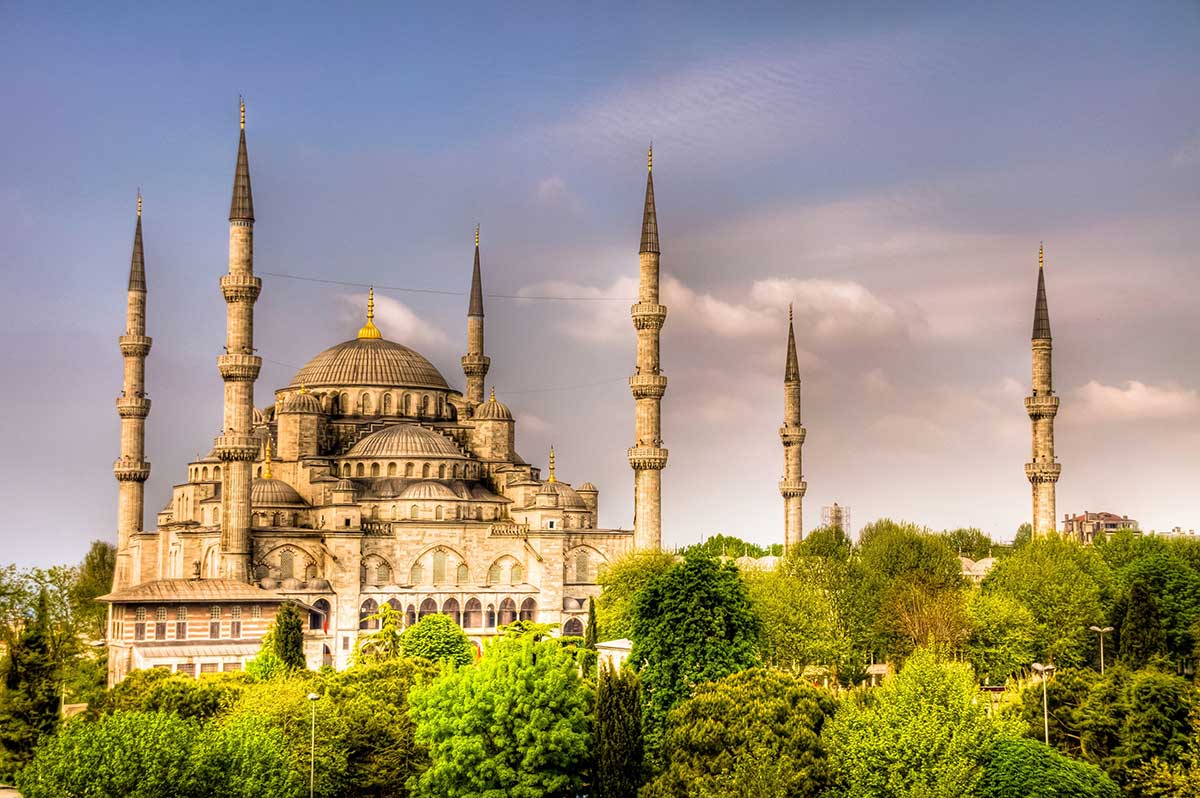
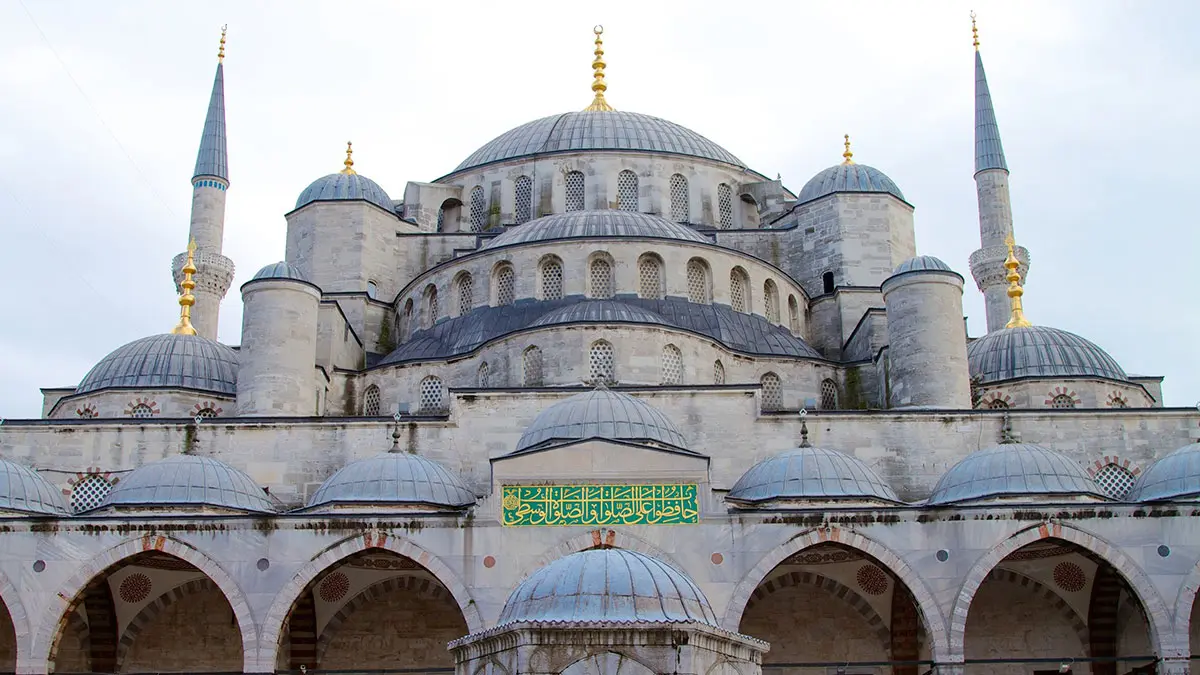
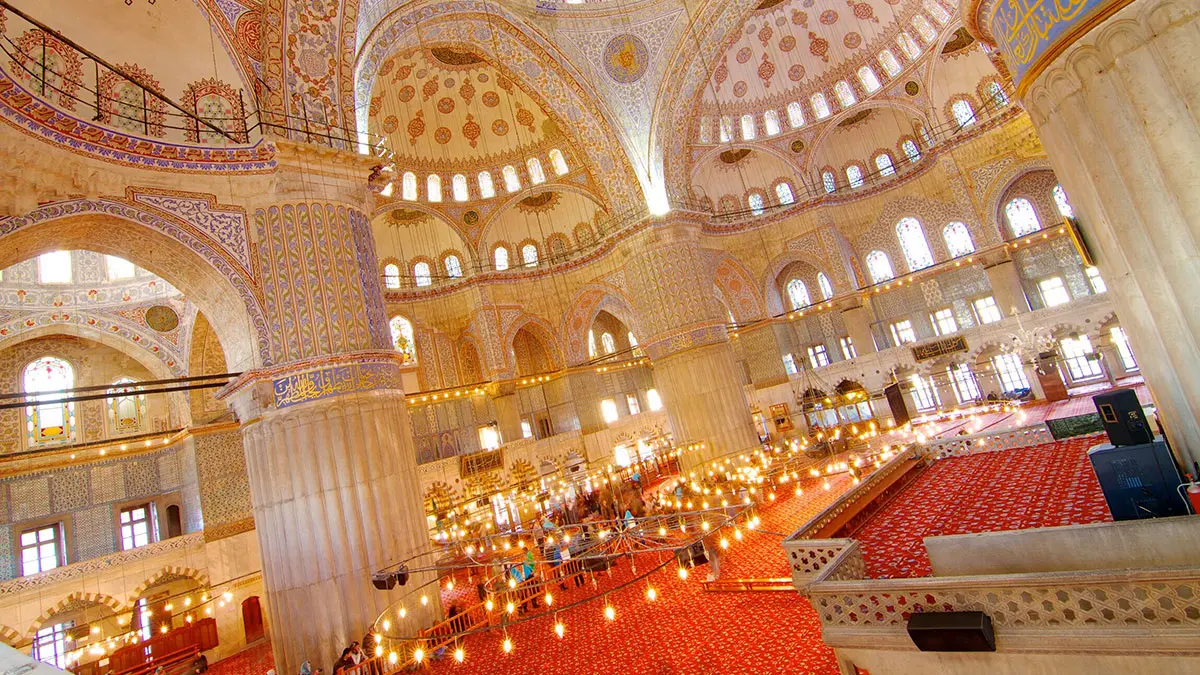
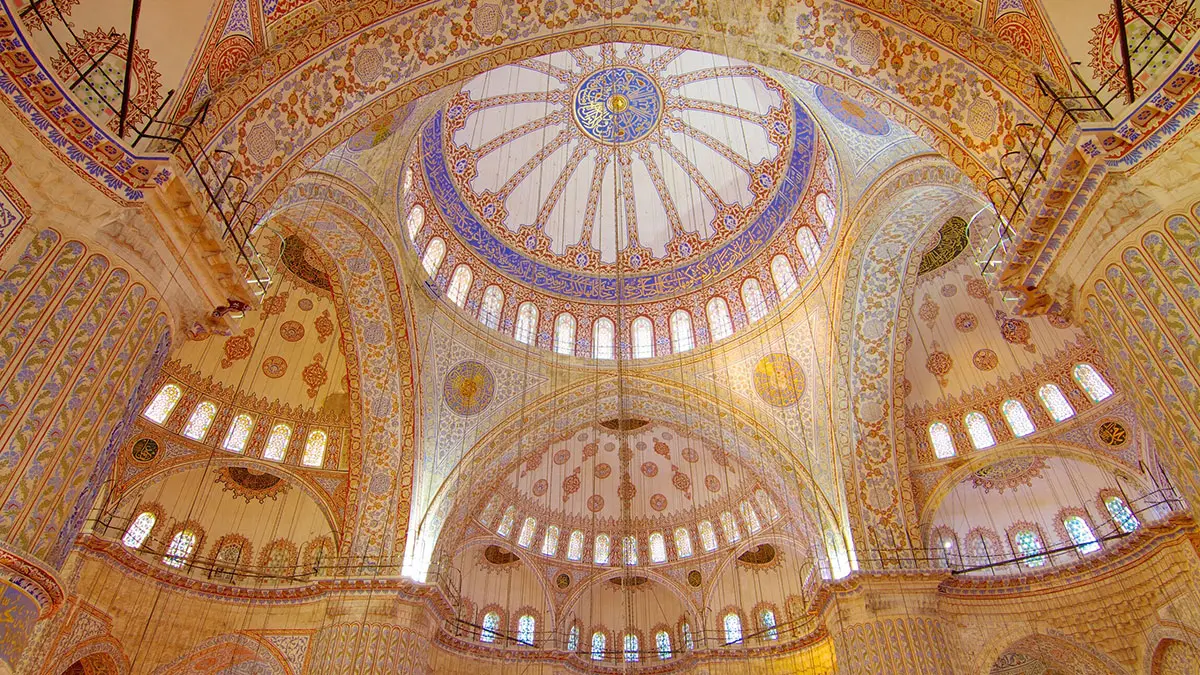
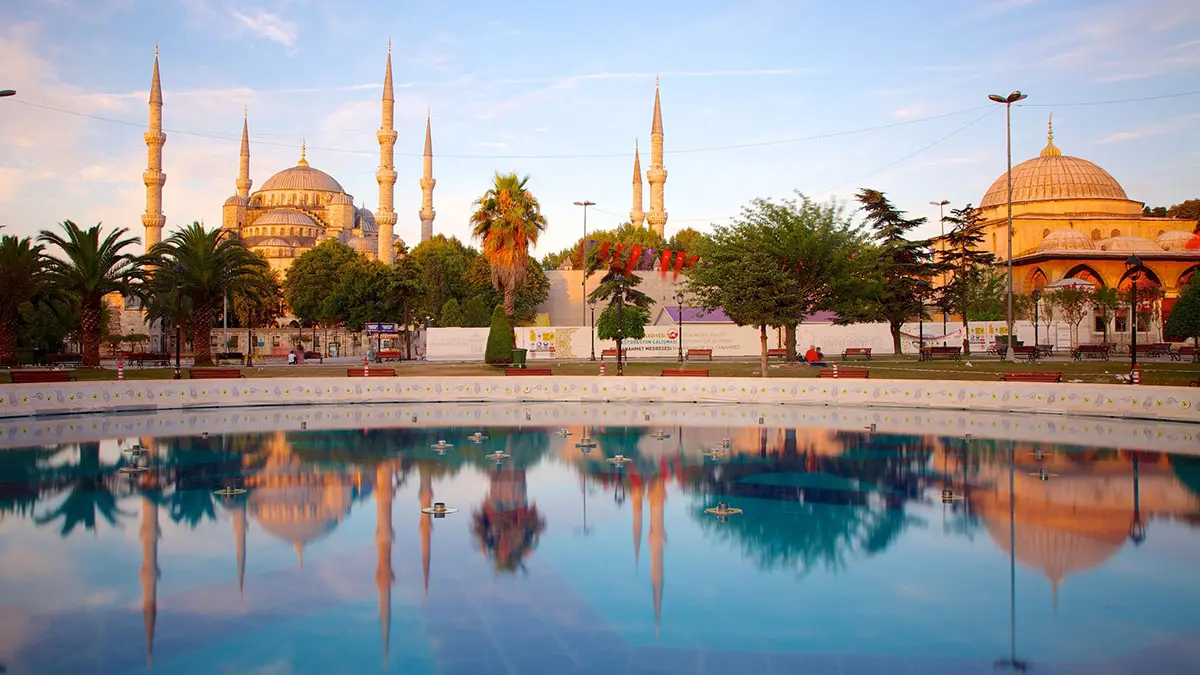

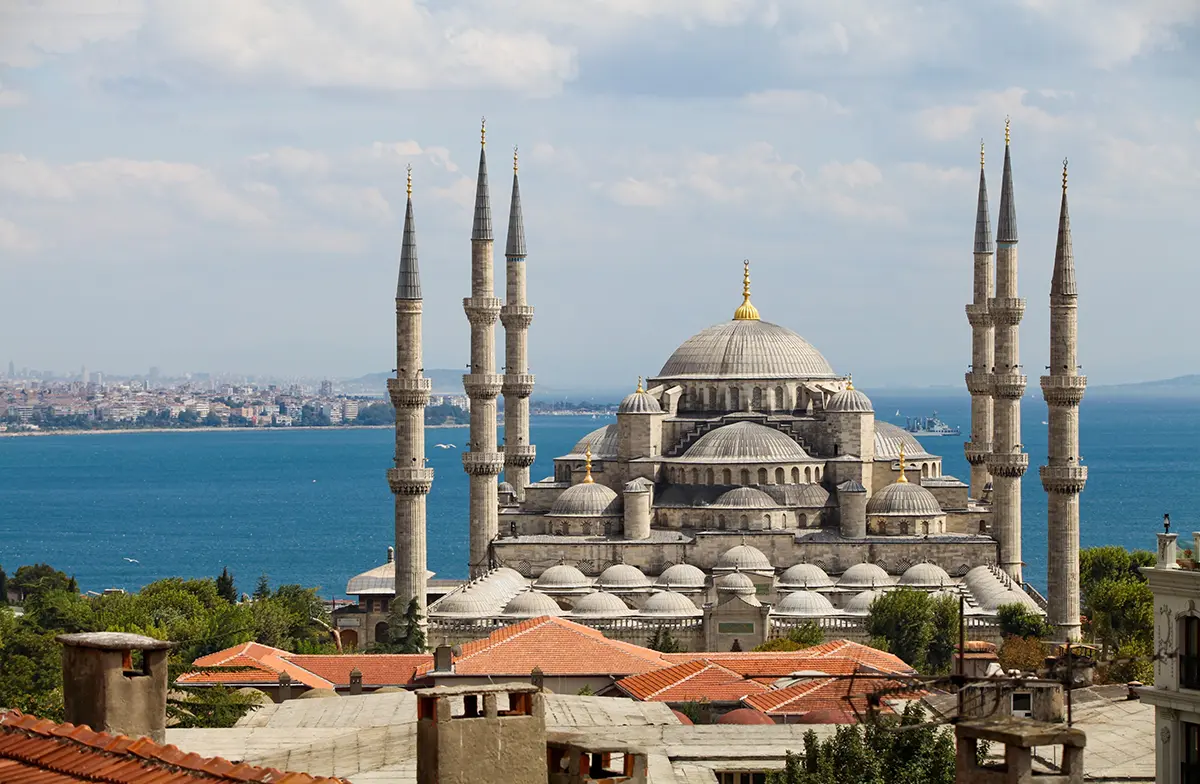


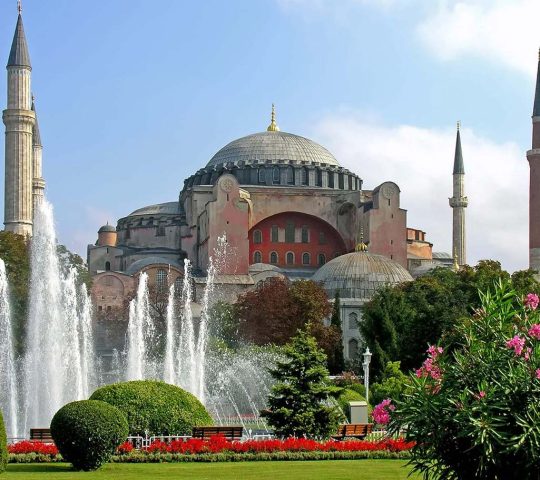
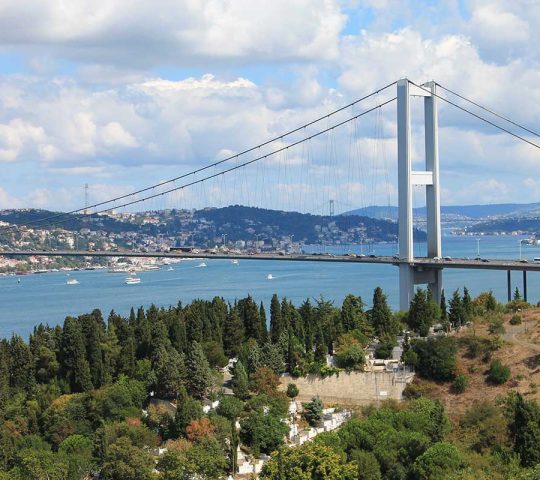
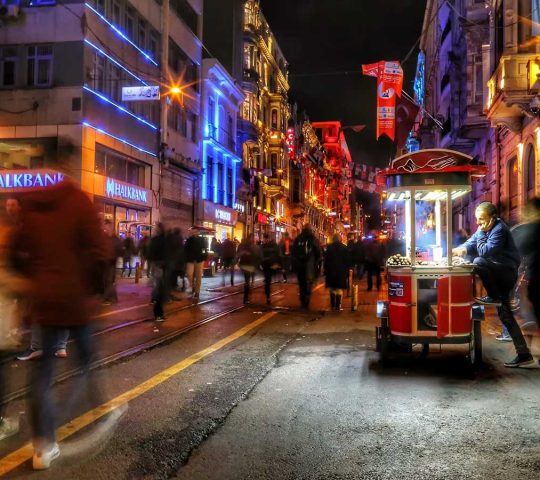
it is beautiful